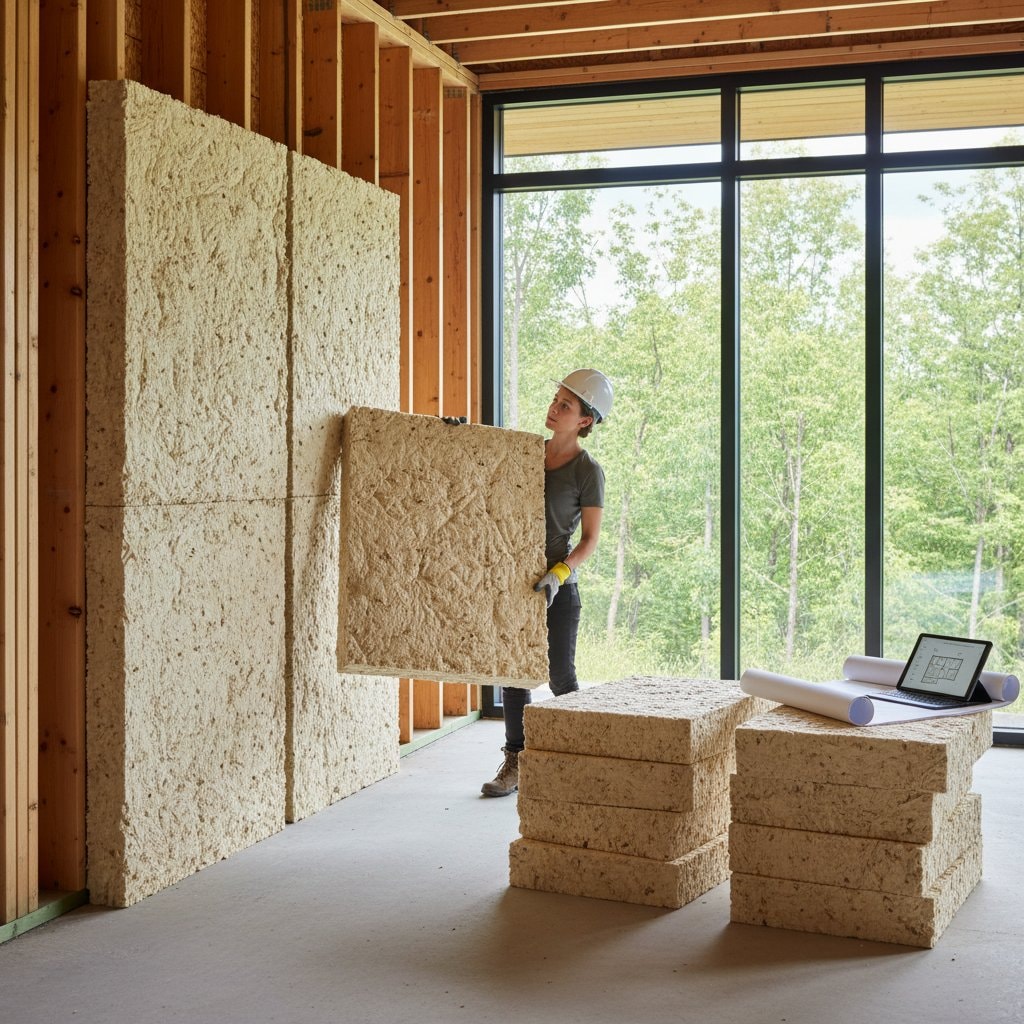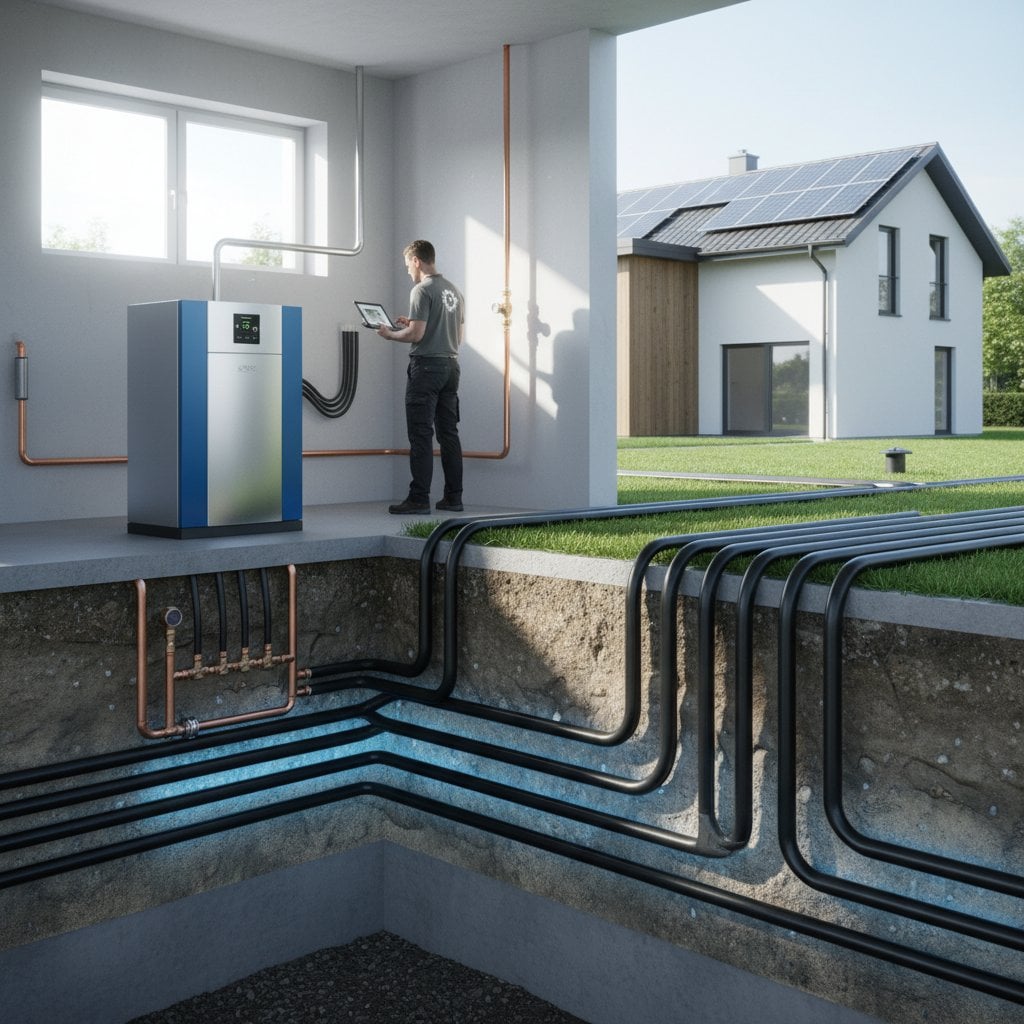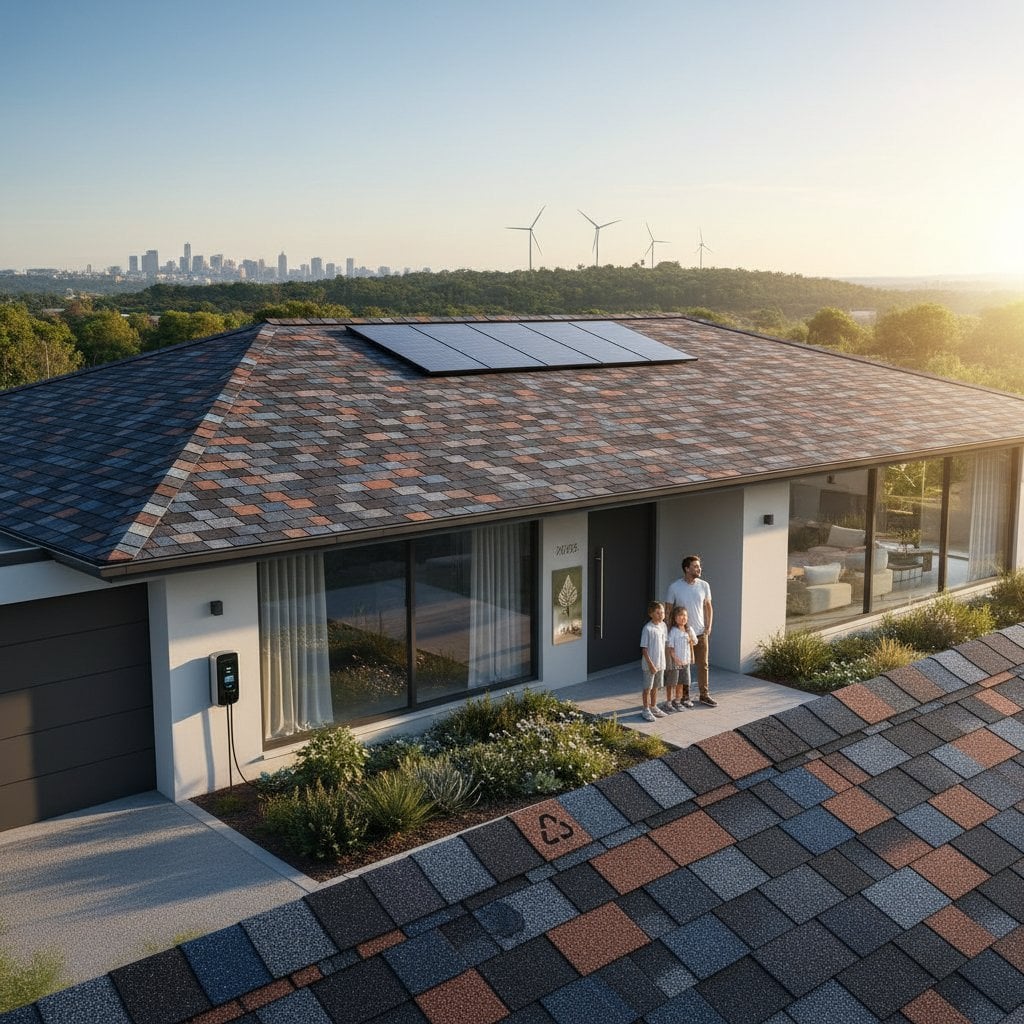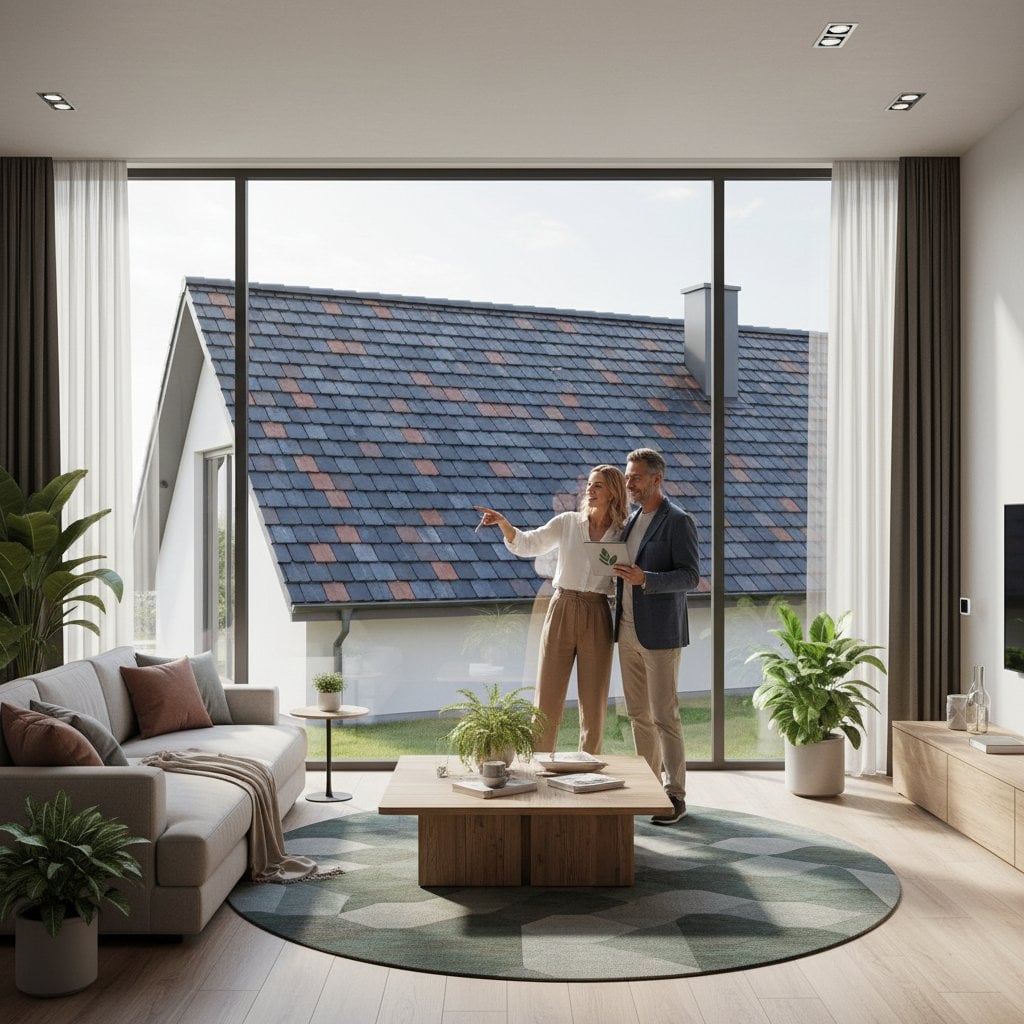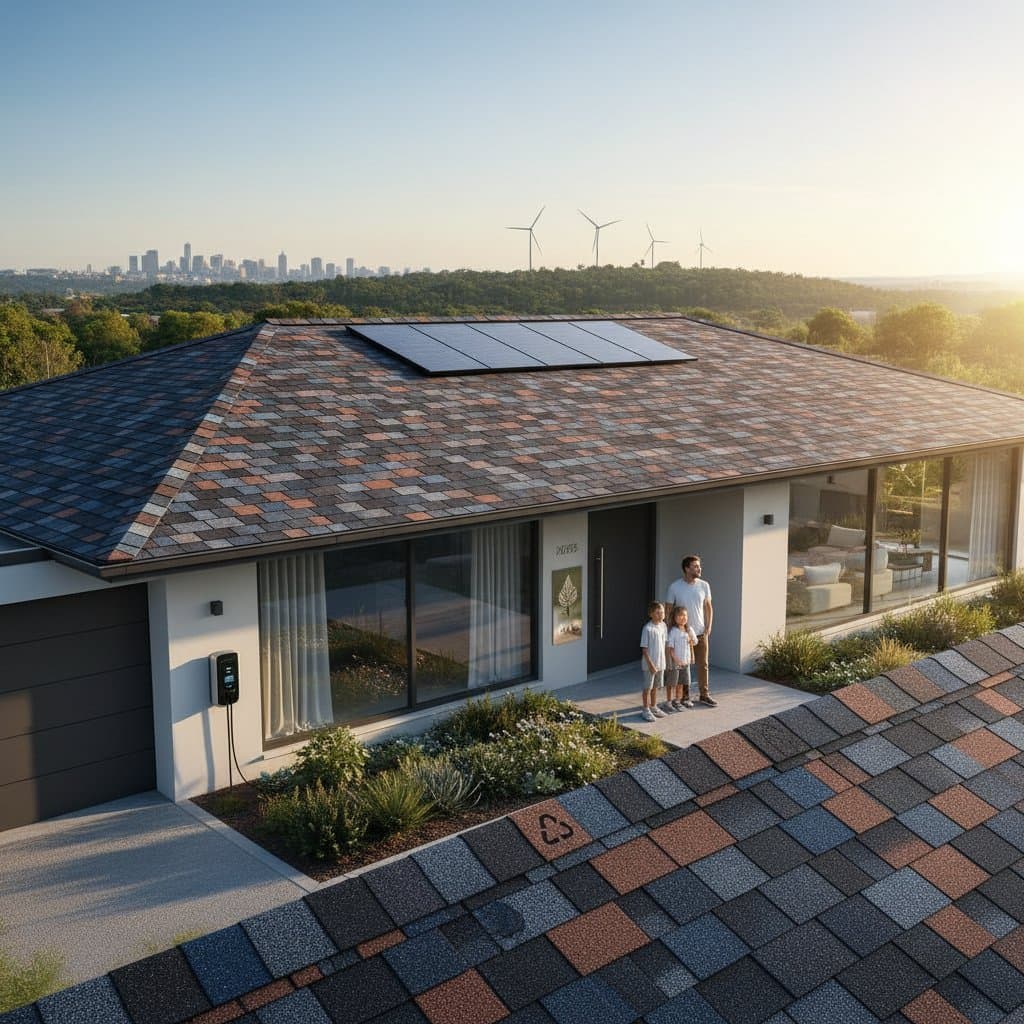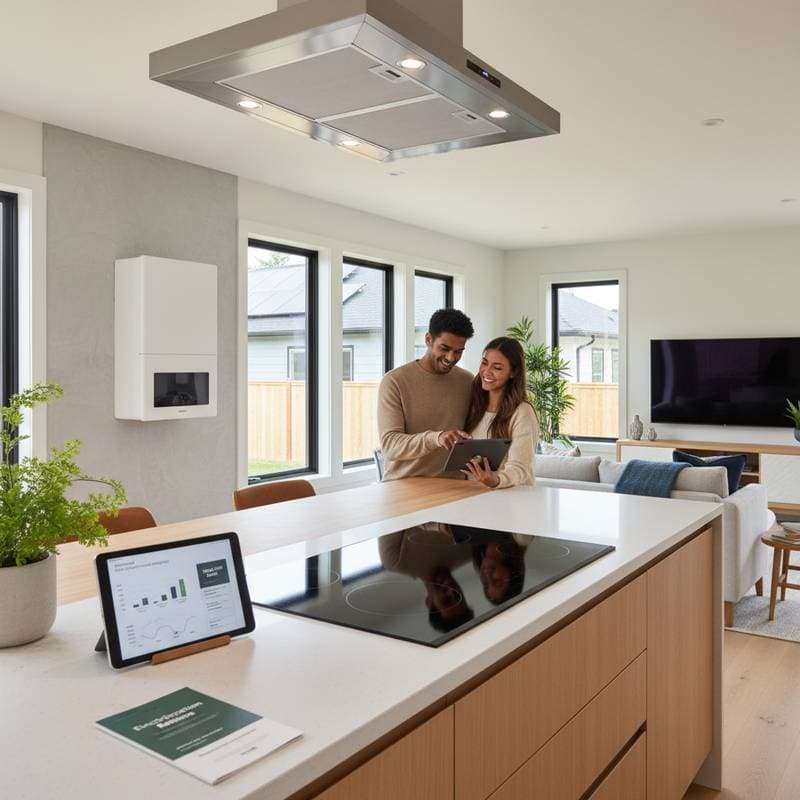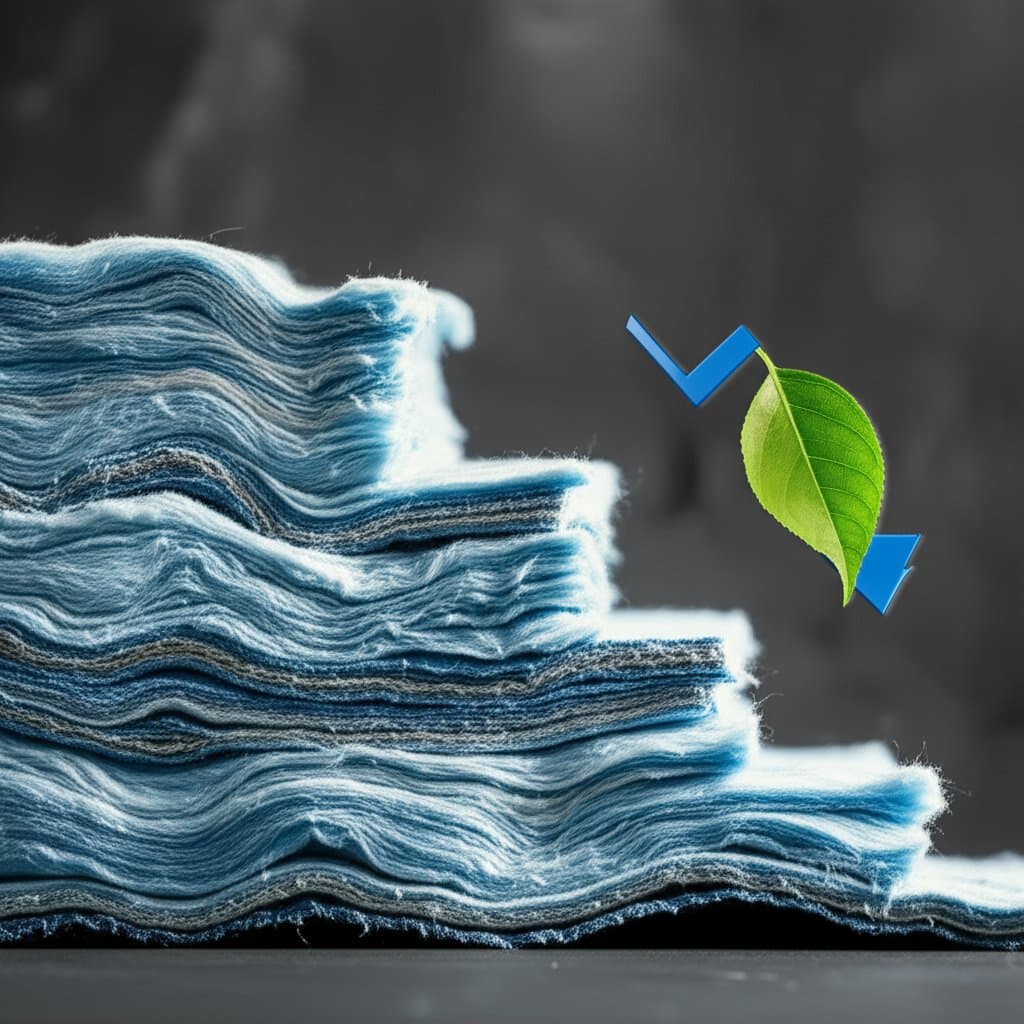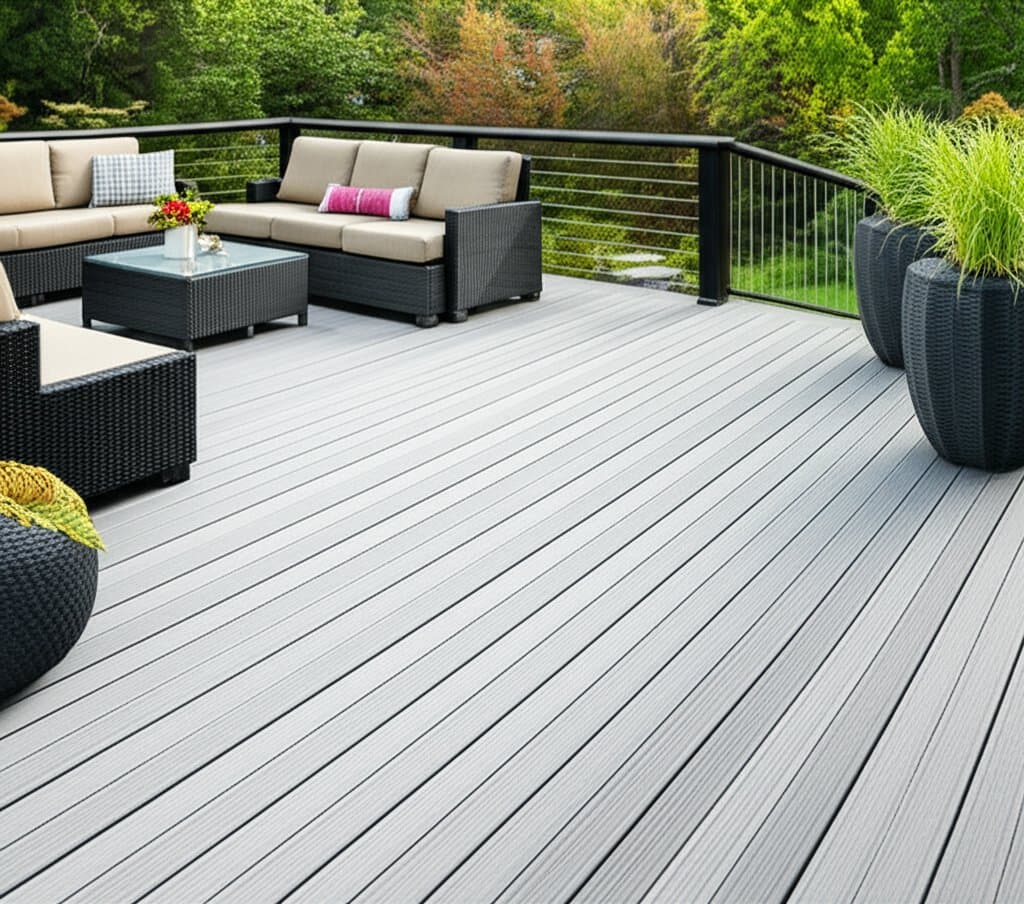Key Points
- Mushroom insulation, derived from mycelium, revolutionizes sustainable construction through its organic growth and fully biodegradable composition.
- It delivers superior thermal resistance, moisture regulation, and fire resistance without synthetic chemicals.
- Builders and homeowners gain access to economical, low-carbon options that match or exceed the performance of standard insulation materials.
- Local climates dictate installation techniques and efficacy, necessitating awareness of humidity, temperature variations, and applicable building codes.
- Professional advice aids in selecting appropriate product densities, overseeing curing processes, and combining with complementary sustainable features for sustained results.
The Emergence of Mushroom Insulation in Sustainable Construction
Imagine entering a residence where the indoor environment maintains natural equilibrium, with fresh air and consistent comfort across seasons. No chemical scents linger, no synthetic remnants persist, and energy demands remain stable amid humid days or cold evenings. As a green building professional, I have observed numerous homeowners pursue this balance. Many opt for premium foam or mineral wool, yet encounter escalating upkeep expenses and limited environmental gains. Mushroom insulation, produced from mycelium, alters this landscape.
Over my extensive experience, sustainable materials have progressed from experimental concepts to widely adopted practices. Mycelium insulation stands as a leading advancement. It develops from agricultural byproducts and fungal networks, yielding a compact, foam-resembling substance that retains heat and repels moisture. This aligns seamlessly with contemporary sustainability principles: renewable sourcing, biodegradability, and robust functionality in practical settings.
Reasons Homeowners Adopt Mycelium Insulation
In diverse regions, rising energy expenses and rigorous environmental standards prompt homeowners to seek alternatives. Conventional choices such as fiberglass or spray foam provide initial efficiency but depend on finite resources. These materials release volatile organic compounds, deteriorate progressively, and pose disposal difficulties. Mycelium insulation reverses this pattern by offering a pure, restorative substitute.
Mycelium molds to custom shapes during growth, ensuring precise coverage of voids and edges. This approach minimizes air infiltration and thermal bridging, which frequently compromise effectiveness. Cultivated in regulated environments, it attains consistent R-values that parallel those of conventional foam boards. The inherent mycelium framework further enables humidity moderation, stabilizing indoor conditions for enhanced comfort.
Mechanics of Mycelium Insulation
Production starts with blending fungal spores and agricultural residues like corn stalks or hemp fibers. The blend fills molds and incubates for days, developing a fibrous matrix. After growth concludes, heat treatment halts further expansion. The outcome is a sturdy, lightweight panel that combines rigidity with permeability.
Consider it nature's counterpart to manufactured foam. Interlaced mycelial filaments form a resilient lattice, delivering both support and insulation. The finished item proves non-toxic, compostable, and user-friendly without specialized equipment. Correctly placed, it endures for decades with unchanged efficacy.
Strategies to Enhance Home Eco-Efficiency
For new builds or renovations incorporating mushroom insulation, follow these established procedures for peak outcomes:
-
Evaluate Climate and Humidity: Mycelium excels in temperate to humid areas with notable temperature fluctuations. In arid locales, integrate a vapor-permeable barrier to avert rigidity.
-
Choose Appropriate Density: Opt for denser variants (8-10 pounds per cubic foot) for elevated R-values and acoustic insulation in outer walls or roofs. Lighter densities fit internal dividers or lofts.
-
Incorporate Ventilation: Adequate circulation promotes durability. Design vented spaces or permeable surfaces to facilitate natural moisture dispersal.
-
Engage Certified Professionals: While DIY options exist, expert fitting guarantees uniform curing and code adherence. Local specialists tailor solutions to site-specific demands.
-
Pair with Complementary Systems: Merge mycelium boards with efficient glazing, reflective shields, or photovoltaic setups to amplify overall sustainability.
Mycelium Versus Traditional Insulation Options
To grasp mushroom insulation's prominence in eco trends, examine it against established alternatives:
-
Fiberglass: Delivers solid results but demands substantial energy in manufacturing and releases irritants affecting skin and respiratory health.
-
Spray Foam: Achieves strong R-values yet incorporates petroleum-derived elements and off-gases during application.
-
Cellulose: Utilizes recycled content affordably but absorbs moisture, potentially diminishing longevity.
-
Mycelium: Biodegrades completely, resists fire inherently, and derives from renewable sources with negligible waste generation.
From a green building perspective, assess the complete lifecycle of options. Mycelium insulation generates approximately 80 percent less carbon in production than foam equivalents. Projects thus commence with a reduced ecological impact from the outset.
Adapting to Regional Conditions for Peak Efficacy
Regional environments impose unique demands. Coastal zones with saline exposure require corrosion-proof fixings and permeable assemblies for protection. Inland humidities highlight mycelium's regulatory strengths. It captures surplus moisture and expels it during drier periods, mitigating mold risks sans mechanical aids.
In frigid climates, align mycelium with airtight seals to curb convective losses. Success hinges on local building principles. Collaborate with experts versed in area-specific practices to harmonize with prevailing materials and weather patterns.
Core Environmental Advantages Driving Adoption
Mushroom insulation's sustainability extends past technical specifications. It tackles construction debris and embedded carbon at their origins. Sourcing from farm waste redirects substantial organic volumes from disposal sites. Cultivation uses scant water and eschews chemical inputs, forming a regenerative cycle that preserves resources.
At structure decommissioning, panels return to soil via composting. This loop attracts designers targeting net-zero or restorative outcomes. As materials scientist Dr. Lila Carson notes, mycelium insulation heralds an era where material excellence converges with ecological stewardship.
Implementation Insights for Homeowners and Builders
Pricing concerns arise frequently among those considering mushroom insulation. Rates fluctuate by provider and location, typically ranging from $3 to $5 per square foot for installed panels. This exceeds basic fiberglass yet aligns with premium cellulose or wool variants. Long-term economics prevail, as energy reductions recoup costs in five to eight years based on regional rates.
Application mirrors rigid board methods. Cut panels to stud or rafter dimensions, secure with green sealants. Low weight eases handling, curbing labor and transit emissions.
Safety enhances appeal. Mycelium matches Class A fire standards, charring controllably without hazardous emissions. It suits residential and commercial sites under stringent codes.
Addressing Potential Hurdles
Mycelium insulation presents advantages yet faces limitations. Limited production in certain areas may delay procurement. Advance ordering or grower partnerships prove necessary. Curing quality influences integrity; inadequate drying risks distortion or damp retention.
Mitigate via these approaches:
-
Procure from Verified Sources: Seek providers offering tests for density, R-value, and hydration levels.
-
Pre-Installation Review: Confirm panels exhibit firmness, dryness, and uniform hue. Anomalies indicate curing flaws.
-
Hybridize with Regional Resources: Blend with recycled fibers or natural aggregates to optimize expense and supply.
Industry maturation streamlines logistics, minimizing disruptions through proactive planning.
Enduring Gains from Mushroom Insulation
Mushroom insulation yields more than comfort and savings. It promotes salubrious interiors free of formaldehydes or particulates, ensuring pure air. Acoustic dampening fosters serene spaces that bolster wellness.
For certifications like LEED or Living Building Challenge, it earns credits in materials, air purity, and efficiency domains. Clients value its aesthetic and narrative, transforming homes into emblems of eco-innovation.
Architect Jordan Meade observes, clients forge deeper bonds with sustainability upon recognizing the organic essence in their structures. This personal resonance elevates beyond utility.
Steps to Implement Mushroom Insulation
To pursue mushroom insulation, initiate a sustainability assessment. An energy evaluation pinpoints loss zones where mycelium maximizes impact. Obtain quotes from qualified professionals via itsacoolerplanet.com for localized pricing and setup details.
Attend regional green expos for hands-on mycelium encounters. These reveal texture and adaptability. Upon decision, align with builders on moisture barriers, airflow routes, and finishes to sustain optimal function.
